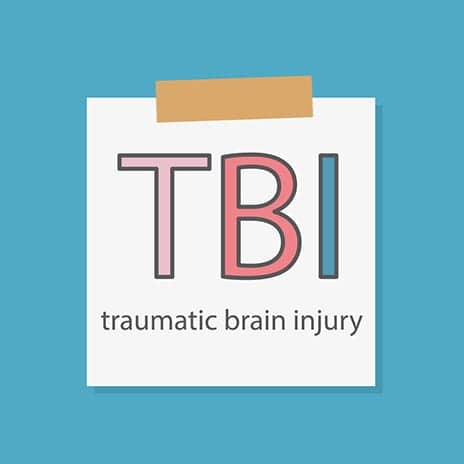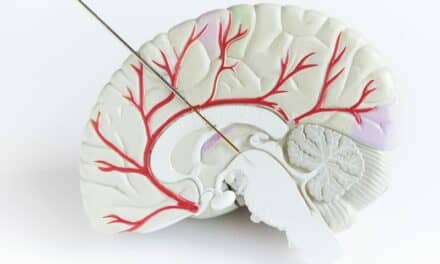When youth TBI legislation is enacted, utilization of the emergency department (ED) for youth sports and recreation-related mTBI evaluations increase, suggest researchers in the Center for Injury Research and Policy at Nationwide Children’s Hospital.
Between 2009 and 2014, all 50 states and the District of Columbia enacted state youth TBI laws aimed at reducing the effects of TBIs in youth sports.
The researchers examined the effectiveness of these laws by looking at sports and recreation mild TBI (mTBI)-related ED visits for children ages 5 to 18 years before and after TBI legislation was enacted in each state. Specifically, researchers looked at ED visits from 2006 through 2014 for diagnosis of mTBI and compared them with diagnoses of moderate to severe TBI, minor head injury, and long bone fracture.
The study, published recently in Journal of Head Trauma and Rehabilitation, found that when youth TBI legislation is enacted, utilization of the ED for youth sports and recreation-related mTBI evaluations increase, notes a media release from Nationwide Children’s Hospital.
“This is what we want to see,” says Ginger Yang, PhD, MPH, senior author of the study and principal investigator in the Center for Injury Research and Policy at Nationwide Children’s.
“An increase in ED visits for youth sports TBIs shows the laws are working – more children are getting evaluated by a healthcare professional, which is one of the key tenets of youth TBI laws.”
The laws also contribute to an increased awareness of youth TBIs, which may prompt many athletes, parents, trainers, and coaches to seek out evaluation for a suspected or actual TBI.
ED visits for mTBIs were more common among boys (67.5%), children ages 10-14 years (42.1%), and the privately insured (50.6%). The proportion of mTBI ED visits increased significantly, particularly from 5 years pre-legislation to immediately post-legislation (57.8 to 94.8 mTBI visits per 10,000 ED visits). A similar trend was observed for minor head injuries; however, no significant changes were observed for moderate to severe TBIs and long bone fractures, the release continues.
“Due to the unprecedented, rapid passing of youth state TBI legislations, EDs may not have received the necessary information, time, and resources to prepare for the large influx of mTBI visits during and/or after legislation,” states Julie Leonard, MD, MPH, associate director of the Center for Pediatric Trauma Research, principal investigator in the Center for Injury Research and Policy, and co-author of this study, in the release. “EDs can help remedy this by allocating appropriate time and resources for mTBIs.”
Data for this study were obtained from the Pediatric Health Information System (PHIS), an in-depth electronic database including clinical and resource utilization data from 49 pediatric hospitals located throughout the US and affiliated with the Children’s Hospital Association, a business coalition of pediatric hospitals.
[Source(s): Nationwide Children’s, Newswise]





